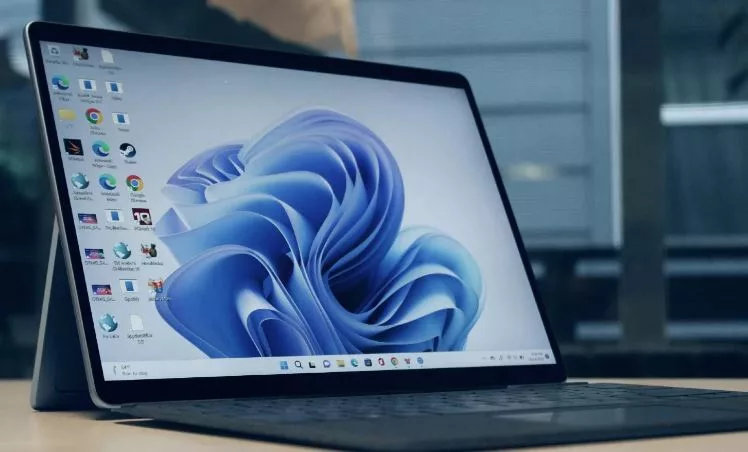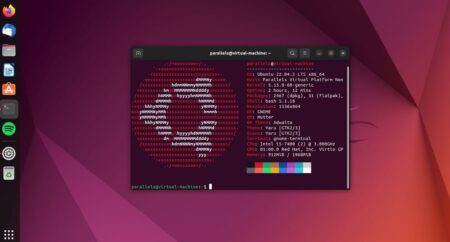50
Let’s look at how to Change Administrator Account on Windows 11/10. Many programmes need permission from the administrator to run properly. If you use a computer from an account that doesn’t have administrator access, some apps and games won’t work. To run those programmes as an administrator, you’ll need to enter the administrator password in the User Account Control (UAC) feature.
If a family member or friend uses your desktop computer and you want to make their account an administrator account so they have full access to the system, Windows 11 makes it easy to do so. An Administrator account can install software and hardware, access any file (even ones that are protected by the system), and manage the accounts of other users.
Also, you should have a backup Administrator account in case you forget your password or your computer locks you out. A computer’s administrator account can make more user accounts, install software, and do other things. We mentioned below are the ways how To change Administrator Account on Windows 11/100. You can also go to the Microsoft support official website for more information about this error.
How To change Administrator Account on Windows 11/10
Change Administrator Account from Control Panel
- Click the ‘Search’ icon on the taskbar of your Windows 11 PC.
- Type and search ‘Control Panel’. Next, open the first search result.
- Select ‘Change account type’ right under ‘User Accounts’.
- Select the user profile that you would like to make an administrator on Windows 11.
- Click ‘Change account type’.
- Choose ‘Administrator’.
- Click ‘Change Account Type’.
- Lastly, restart your computer.
Change Administrator Using Settings App
- Press the ‘Windows + I’ shortcut keys to open the Settings App.
- Go to Accounts > Family & other users.
- Take a look at the ‘Other users’ section.
- You will see all the user profiles that have been created on your Windows 11 PC, except yours.
- Click the user profile that you need to make an Administrator.
- Select ‘Change account type’.
- Open the drop-down menu under ‘Account type’.
- Click Administrator > OK.
Disable the Default Administrator Account in Windows 11

- Right click Start and select Computer Management.
- Click System Tools > Local Users and Groups.
- Click Users.
- Right click Administrator, and select Properties.
- Click the account is disabled box.
- Click OK to save your changes.
Change the Administrator Name in Windows 11
- Right click Start on the taskbar and select Computer Management.
- Click System Tools > Local Users and Groups.
- Click Users.
- Right click Administrator, and select Rename.
- Type a new name.
- Press Enter, and the new name will appear.
Why Change the Administrator Account?
- Security: It’s better for security if you change the administrator account often. If someone gets into your administrator account without your permission, changing the account will stop them from accessing it.
- Stopping Unauthorised Access: If more than one person has access to the administrator account, changing it every so often makes it less likely that someone who isn’t supposed to be there will be able to get to sensitive system settings and files.
- Compliance: To follow security rules and standards, some businesses or organisations may need to change the administrator account credentials on a regular basis.
- Audit Trail: Changing the administrator account on a regular basis helps keep a clear record of who has access to important system functions and when they did so.
- Maintenance on the System: Changing the administrator account can also help keep access safe and limited while the system is being maintained or fixed.
Security Considerations: Best Practices for Admin Account Management
| Security Considerations | Best Practices for Admin Account Management on Windows |
|---|---|
| Password Complexity | Enforce strong passwords containing a mix of uppercase letters, lowercase letters, numbers, and special characters. Regularly update passwords. |
| Multi-Factor Authentication | Implement multi-factor authentication (MFA) for admin accounts to add an extra layer of security, requiring additional verification beyond passwords. |
| Least Privilege Principle | Follow the principle of least privilege, granting admin rights only to necessary personnel and limiting access to essential functions or resources. |
| Regular Auditing and Monitoring | Conduct regular audits of admin account activity, including logins, changes in permissions, and access to sensitive data. Implement monitoring tools to detect suspicious behavior. |
| Account Lockout Policies | Set account lockout policies to prevent brute force attacks. Configure thresholds for failed login attempts and define appropriate lockout durations. |
| Privileged Access Management | Utilize privileged access management (PAM) solutions to securely manage, monitor, and control access to privileged accounts, ensuring accountability and traceability. |
Conclusion
The “Standard” user, who has access to a limited number of features and functions, and the “Administrator” user, who has the ability to carry out more complex tasks such as the installation of applications, the modification of global settings, and the execution of commands, are the two general account types that are available in Windows. Within the operating systems Windows 10 and Windows 11, we are going to demonstrate how to transform a user account into an administrator account.
Questions and Answers
What is local admin account?
Another user account that is used for system administration is the local Administrator account that is the default. A single administrator account, with the display name Administrator and the SID S-1-5-domain-500, is present on each and every computer. During the process of installing Windows, the first account that is created is the Administrator account.
What is full admin rights?
Users with full administrator rights are able to take ownership of any file that is stored on the network; privileges are always superior to permissions. Therefore, this indicates that administrative users have the ability to change ownership of relevant documents or folders, restrict access, copy or transfer data without the authority of another user, or tamper with protected security policies.
Can I find my administrator password?
There are numerous instances in which the password for the administrator account on Windows 10 systems is identical to the password for the user account. Simply navigate to the ‘Settings’ > ‘Accounts’ section in order to determine what it is. You should be able to find a link that says “Sign-in options” in that section. If you click on that, you should be able to view the password that is associated with your user account.
You Might Be Interested In










Leave a Reply